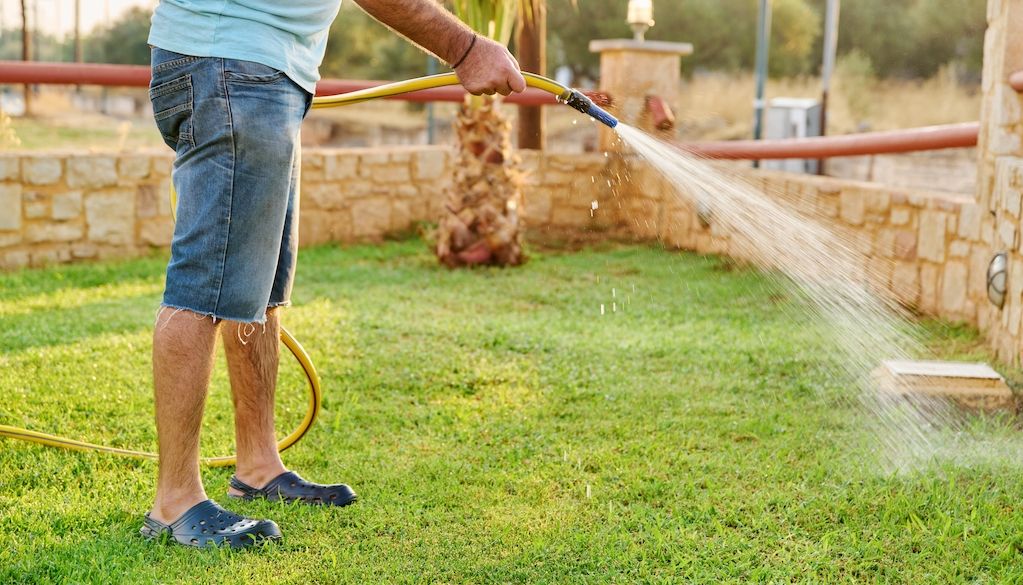
The Importance of Effective Lawn Watering
Proper lawn watering is a key factor in maintaining a lush and healthy green space around your home. Efficient hydration not only ensures your lawn looks vibrant but also promotes root health and overall resilience. In this guide, we’ll explore tips and techniques for watering your lawn effectively to achieve optimal results.
Understand Your Lawn’s Needs
Before delving into watering techniques, it’s essential to understand your lawn’s specific requirements. Different grass types and climates have varying water needs. Research or consult with local gardening experts to determine the recommended watering schedule for your particular area. Understanding your lawn’s needs sets the foundation for a successful watering routine.
Morning is Prime Time
Timing is crucial when it comes to lawn watering. The best time to water your lawn is in the early morning. During this period, the sun is not at its peak, allowing water to penetrate the soil effectively without excessive evaporation. Watering in the morning also helps prevent the growth of fungi and diseases, as the grass blades have ample time to dry throughout the day.
Deep and Infrequent Watering
One common mistake in lawn care is frequent, shallow watering. Instead, opt for deep and infrequent watering sessions. This encourages the development of deep roots as the grass seeks moisture in the soil. Deep roots contribute to a more drought-resistant lawn, requiring less frequent watering in the long run.
Invest in an Efficient Sprinkler System
A well-designed sprinkler system can significantly contribute to effective lawn watering. Invest in a system that provides even coverage, minimizing water wastage. Consider sprinklers with adjustable settings to cater to different areas of your lawn’s water requirements. Regularly check and maintain your sprinkler system to ensure it operates at peak efficiency.
Monitor Soil Moisture Levels
Keep a close eye on your soil’s moisture levels to avoid overwatering or underwatering. Invest in a soil moisture meter to accurately gauge when your lawn needs watering. These tools provide real-time information, helping you make informed decisions about adjusting your watering schedule based on the current conditions.
Watering Techniques for Sloped Lawns
If you have a sloped lawn, adjust your watering techniques accordingly. Sloped areas are prone to water runoff, leading to uneven hydration. Divide your watering sessions into shorter intervals, allowing the water to penetrate the soil gradually. This prevents excessive runoff and ensures even coverage across the entire lawn.
Implement Water-Saving Practices
Contribute to water conservation efforts by implementing water-saving practices in your lawn care routine. Collect rainwater in barrels and use it for watering during dry spells. Consider incorporating drought-resistant grass varieties into your lawn, reducing the overall water requirements.
Water Your Lawn Effectively – A Sustainable Approach
For more in-depth insights into sustainable lawn care practices, visit Water Your Lawn Effectively. This resource offers valuable tips on conserving water while maintaining a vibrant and healthy lawn. Explore eco-friendly alternatives and contribute to a greener, more sustainable environment.
Conclusion
In conclusion, effective lawn watering is a combination of understanding your lawn’s needs, proper timing, and adopting water-saving practices. By following these tips, you not only ensure a lush and vibrant lawn but also contribute to water conservation efforts. With a little attention and care, your lawn can thrive while being mindful of the environment.










